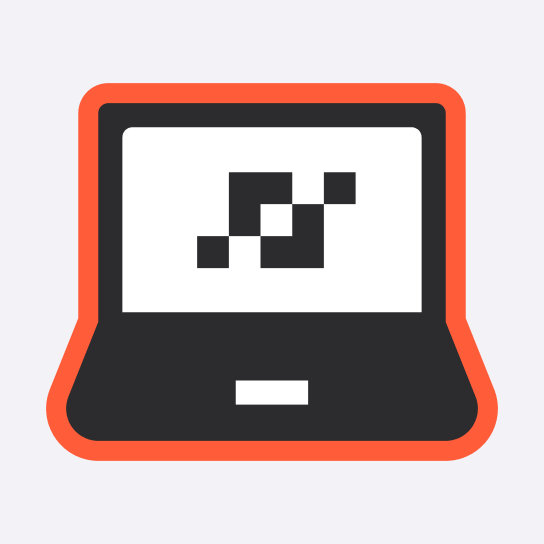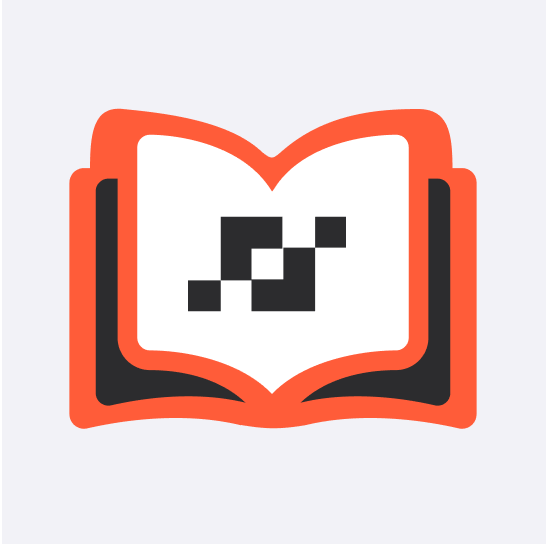
Designer | Spring'19
There is a lot of buzz created around “Design thinking” nowadays with many resources out there claiming to have the perfect tool for it. What we first need to understand is that Design Thinking is an approach to critical thinking and creative problem solving.
In this discussion with LavaLab alumni Nikol, we will introduce you to the concept of Design Thinking and the significance it holds over our design workflow, basic principles, and even our career or life goals. You will also find resources that LavaLab uses to instill Design Thinking in our cohorts every semester.
(Editor's Note: The following interview has been edited and condensed.)

“Design thinking” uses design as a creative problem-solving tool. It allows you to understand the problem and it gives you a framework to figure out the tasks and the best solutions. IDEO’s formal structure to “design thinking” elaborates more on the process, but at the core of it, it is organizing and restructuring information based on a specific goal.

Whether it’s understanding how to structure information to create a graphic, or brainstorming the user flow for a product, or even restructuring your day to fit your needs, design thinking helps you understand and solve for specific goals.
Design thinking can be easily applied to any part of your life, not just work.
The first phase of design thinking, according to IDEO (who popularized the concept) is to identify the overarching question that will guide you throughout your search for solutions. Personally, I use this definition to help me (1) understand what I have to do for any task and (2) set intentions for myself.
For example, if I want to plan my goals for the next few months, I use the first phase of design thinking to ask myself what I want to accomplish and why I want to do it. The next few phases deal with finding inspiration and generating ideas, which serve as a supplement to the driving question. I use these phases as a framework to inspire new ideas based on work that I find interesting or relatable to my goal.

I think a technical workflow depends on the medium you’re using to solve your problem. But in general, a typical design workflow works in sync with the design thinking process. Typically, I start off my workflow for any project by asking myself the encompassing questions of “what am I trying to solve?”, “who am I solving for?” and “why?”. Then I gather inspiration that would help me generate ideas and create a mood board.
From there, I sketch out as many solutions as possible until I find one that serves all of the needs I’m trying to address. I keep iterating and cycling back to the beginning of my workflow if there are any changes that need to be made, until I’m left with my final product. Good design is never finished so this process really depends on the time frame you have allocated for your project.
.jpg)

For my LavaLab project, we decided to target elderly health-care because we realized that not enough companies and people were solving for the needs of the older demographic.
For the design of our product, I wanted to convey the values of optimization, organization, cognizance and compassion. These core principles were represented in our use of purple and green as the dominant color palette. Purple is a color of wisdom whereas green represents vitality, so putting the two together created a duality that depicts new-age intelligent solutions.
Our values were also defined in our logo. I decided to incorporate a minimalistic owl, which represents knowledge, next to a playful yet readable font in order to create a digestible contrast between an older and younger generation. Ultimately, all of my design solutions for this project were guided by our overarching question: how might we help nurses provide more effective care through accessible technology?
In my opinion, I think people are scared to talk about how to pursue a creative career because it requires a lot of patience and dedication to your craft. Also our society for some reason doesn’t seem to promote creative careers and instead pushes for traditional jobs. But if you’re interested in creative careers such as design, music, film, etc., my advice would be to learn as much as possible relating to your desired job and to practice, practice, practice!
Learn the industry-standard softwares, like Adobe CC if you’re interested in design. Create your own projects outside of school to build your skills. Reach out to people you admire in your desired field and get to know how they ended up in the place they’re at right now.
Most importantly, have patience. It’s really hard to not compare yourself to others, especially in creative careers, but remember that you are on your own journey and no one else has the same path in life.
.png)